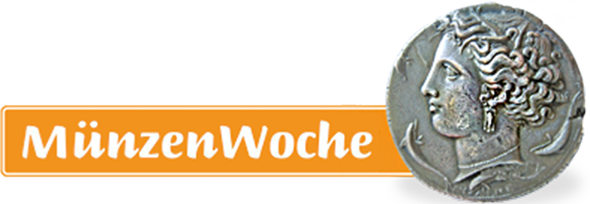American Numismatic Association Edward C. Rochette Money Museum
Wenn es kein Logo gibt, wird diese Spalte einfach leer gelassen. Das Bild oben bitte löschen.
(Dieser Text wird nicht dargestellt.)
818 North Cascade Avenue
Colorado Springs
CO 80903
Tel: +1 (719) 482-9834
The American Numismatic Association Edward C. Rochette Money Museum, named in honor of former Executive Director and ANA Past President, Edward C. Rochette, is America’s largest numismatic museum. Located on the campus of Colorado College, the Museum includes exhibits in three main galleries where visitors can find spectacular rarities and learn about the history of America and the world as seen through money. Through the discovery of money, numismatics brings culture to life. The Museum explores art, history, science and much more to promote the diverse nature of money and related items.
The Museum’s collection consists of about 275,000 objects encompassing the history of money before coins were invented in the Lydian Empire to modern day issues-including paper money, coins, tokens, and medals from throughout the world. Several separate exhibit areas feature both permanent and rotating exhibits.
The Harry W. Bass Jr. Collection
This is a spectacular, comprehensive collection of American gold coins, experimental pattern coins, and paper money. Although Bass died in 1998, much of his impressive collection lives on. The core collection of over 500 coins, now on long-term loan to the ANA, features several extraordinary rarities, including a 1907 ultra-high-relief Saint Gaudens double eagle, and an 1804 (plain-4) Eagle. An 1870-S $3-gold piece is from a set of $3-gold coins containing not only a coin from every year and mint, but one from each year produced in astonishing gem proof condition.
History of Money
In the Maynard Sundman-Littleton Gallery, the History of Money exhibit contains an overview of money in all its forms-from beads and cowrie shells to ancient coins and polymer notes. On display is the oldest surviving example of paper money-a Chinese one-kuan note from the 14th century, as well as ultra-high denomination notes from Germany’s hyperinflation era. Segments of the exhibit are changed out periodically to highlight the celebration of historically important events. The exhibit also features a working „mini-mint,“ which allows Museum staff to demonstrate how coinage was made on a screw press used to mint coins from the 1500s to the early 1800s.
Rare and Valuable Money
Many numismatic rarities are on display. Among these are: an 1804 dollar (15 known), a 1792 half disme, two of five known 1913 Liberty Head nickels, error notes and „No Motto“ dollars, along with the first steam press from the Philadelphia Mint which dates from 1836.
The Whitman Publishing Gallery on the Museum’s lower level features new exhibits every year, illuminating aspects of numismatics and collecting which is designed to appeal to both collectors and the general public.
Periodic Exhibits
In addition to its comprehensive permanent exhibits, the Museum periodically presents exhibits that capture world events that have numismatic tie-ins. Past themes include: A House Divided: Money of the Civil War; Colonial Money; Money of the Mexican Revolution; World War II; Money of the Ancient World; and Money of the World.
The Museum location is also the home of the Dwight N. Manley Numismatic Library, the world’s largest numismatic lending library with 100,000 books, catalogs, and slide shows. Visitors can research their collections or read about money from any era or country.
This text was written by Howard M. Berlin and first published in his book Numismatourist in 2014.
You can order his numismatic guidebook at Amazon.









